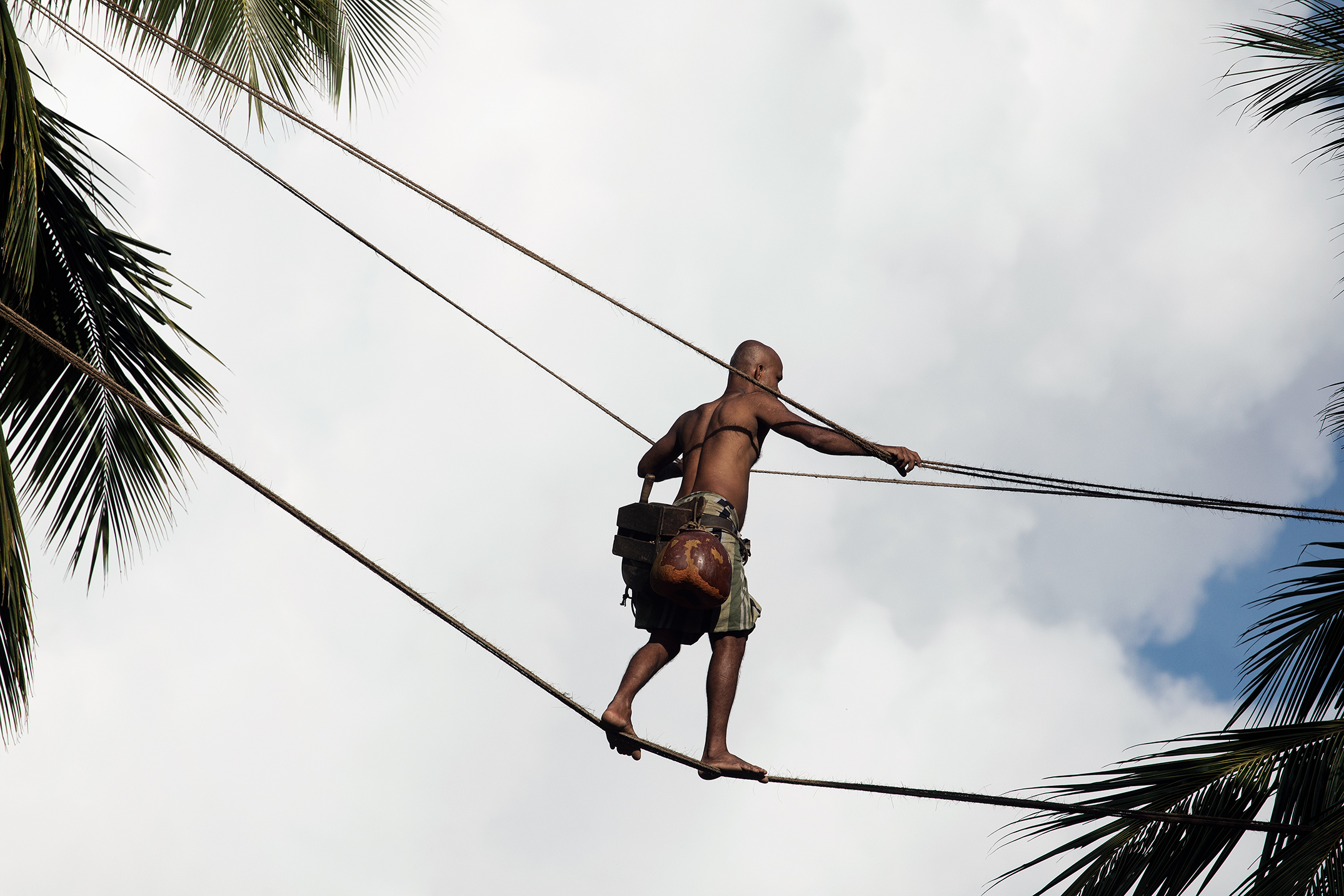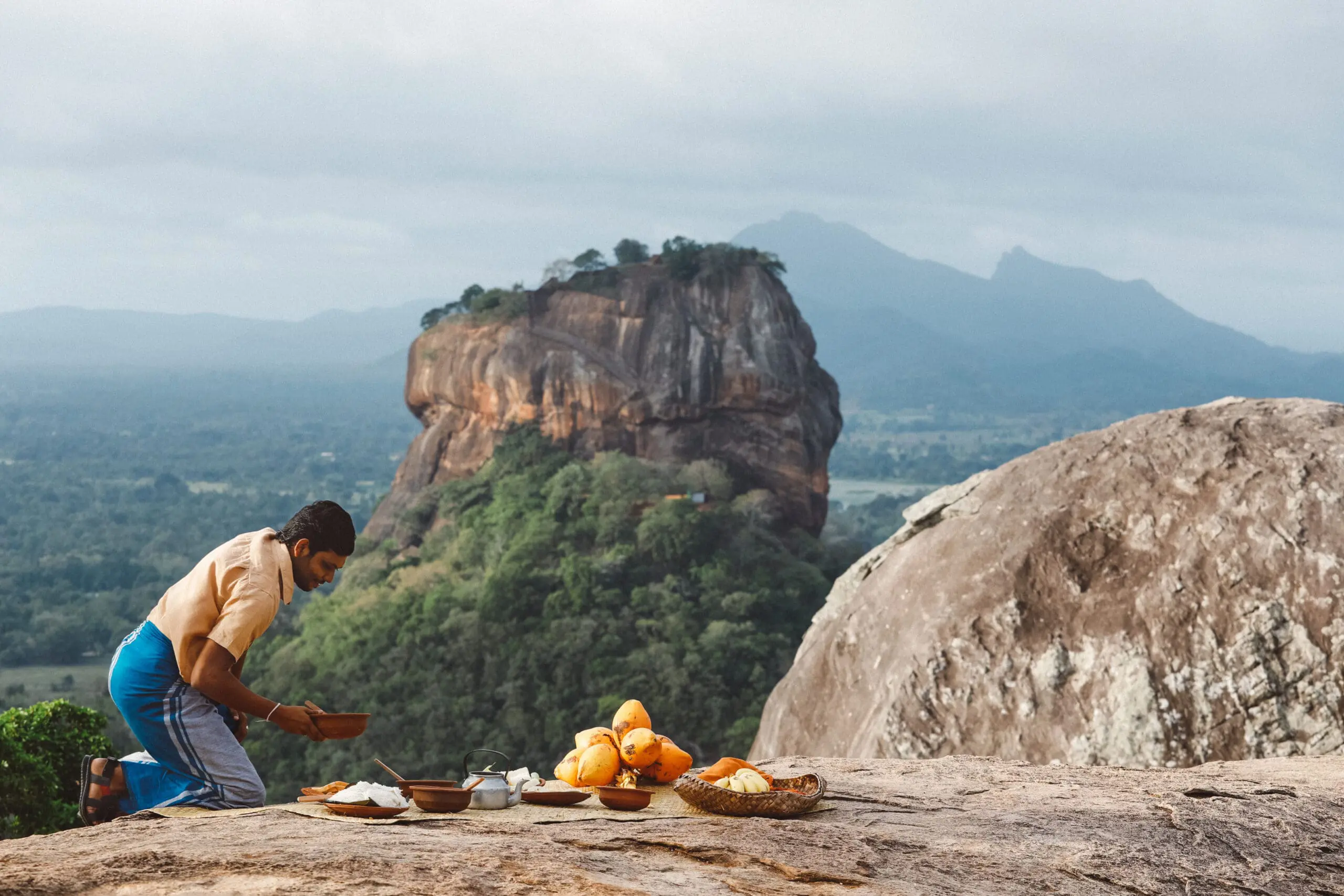Exploring Galle Fort with a local historian
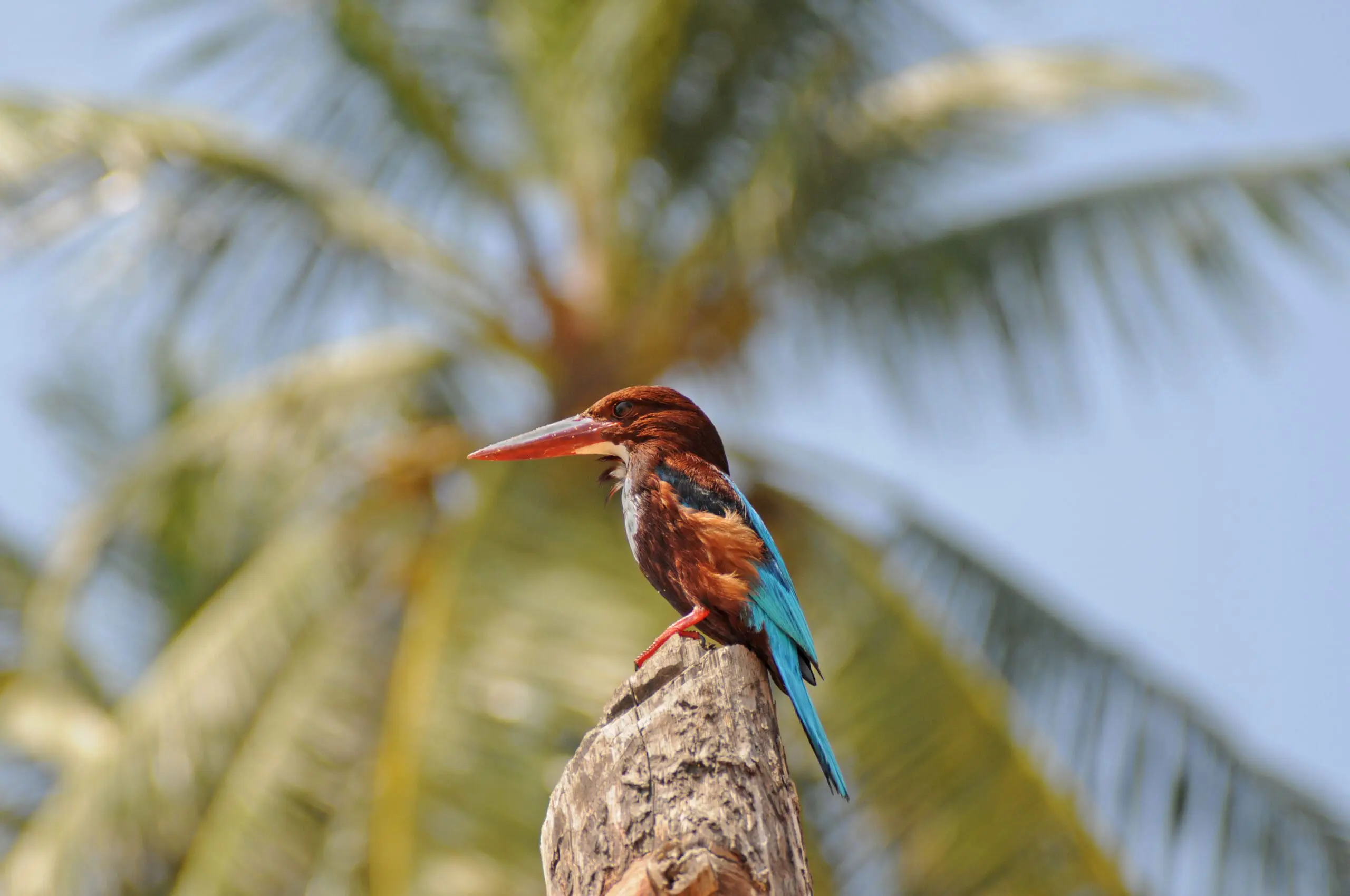


Flood Plains National Park sits between Wasgomuwa and Somawathiya Chaitiya National Parks in Sri Lanka’s central lowlands.
Straddling the Mahaweli Ganga, this unique landscape of rich floodplains and seasonal marshes, known locally as villus, forms an essential link in the Mahaweli ecosystem. These wetlands are a haven for waterfowl and grazing animals and act as a critical migration corridor for elephants.
The area was declared a national park in August of 1984, the same time as neighbouring Wasgomuwa, and covers an area of around 17,350 hectares. The prolonged periods of flooding in these areas are responsible for the high level of productivity found here, with species such as water lettuce, kumbuk and rattan cane just some of many to be found here.
At present, Flood Plains National Park is closed to general visitors in order to enable more effective wildlife conservation.



The rich vegetation in the villus attracts large numbers of grazing animals and birds, supporting a higher annual biomass than any other type of habitat within the Mahaweli Development Project area. The floodplains are an important habitat for the Asian elephant as well as providing a corridor for the elephants of Wasgomuwa and Somawathiya Chaitiya to move between the two parks. Fishing, jungle and rusty-spotted cats and wild boar are also present, along with water buffalo and many species of deer. For reptile lovers, the villus supports a large population of herpetofauna including natricine water snakes and mugger and estuarine crocodiles.
The floodplains here are particularly important, however, for the diversity and abundance of their avifauna and particularly migrant birds. It is estimated that around 75 migrant species spend their winter in the marshes of the national park with the marsh sandpiper, Asiatic golden plover, osprey and painted stork among others commonly seen.
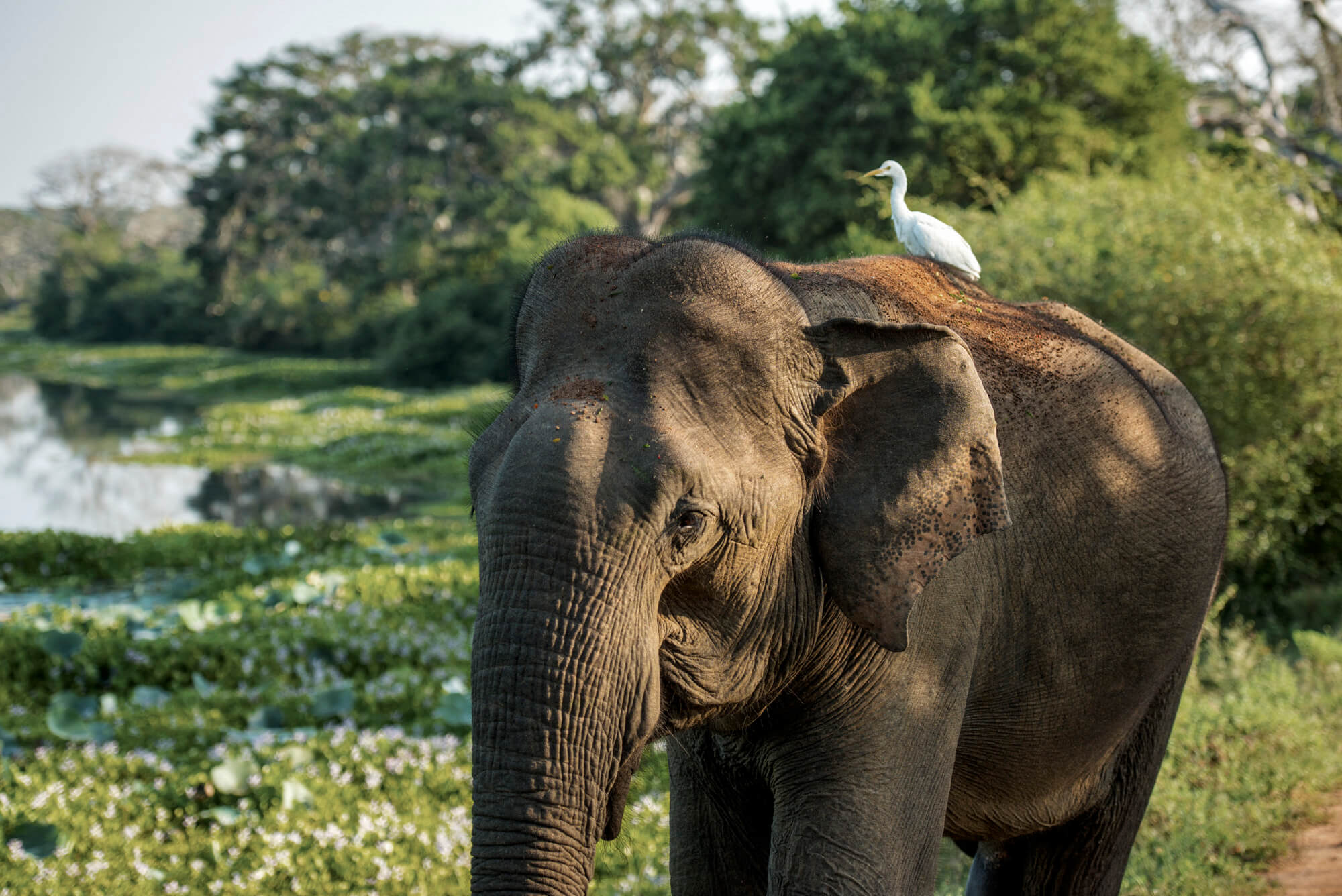


ETG Sample Itineraries in Flood Plains National Park
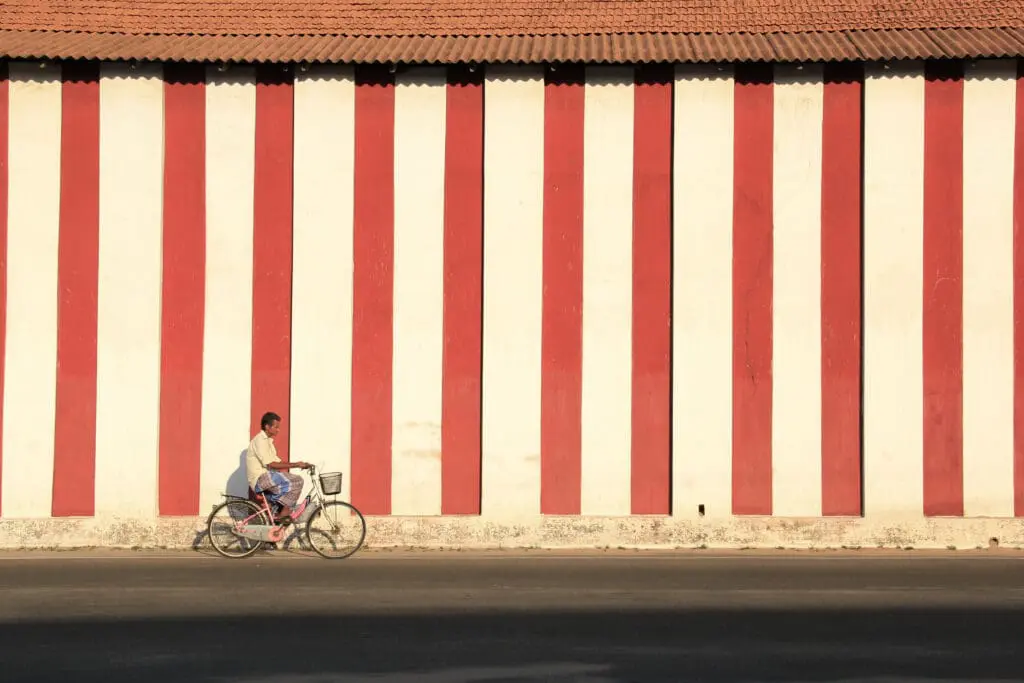
Sri Lanka
The History & Culture of Sri Lanka
Explore the incredibly diverse island of Sri Lanka, taking an in-depth look at its history and culture. We chose boutique hotels which make the most of each place you visit.
Venture north to the tip of the country to Jaffna, an area often overlooked by tourists and home to a compelling history and culture. With a longer-than-usual stay in the Cultural Triangle in two different areas, you’ll get to experience even more fascinating ancient sites, temples and rural life. You’ll get under the surface of Sri Lanka taking in its scenic landscapes as you traverse from north to south enjoying some of our best signature experiences.
Highlights
Jaffna
Discovering the distinct culture and food scene in the north around the lesser-visited area of Jaffna
Cultural Triangle
Spend five days exploring the fascinating ancient cities, temples and rural life around the Cultural Triangle, getting to understand the history of Sri Lanka
Galle Fort
Gallery
